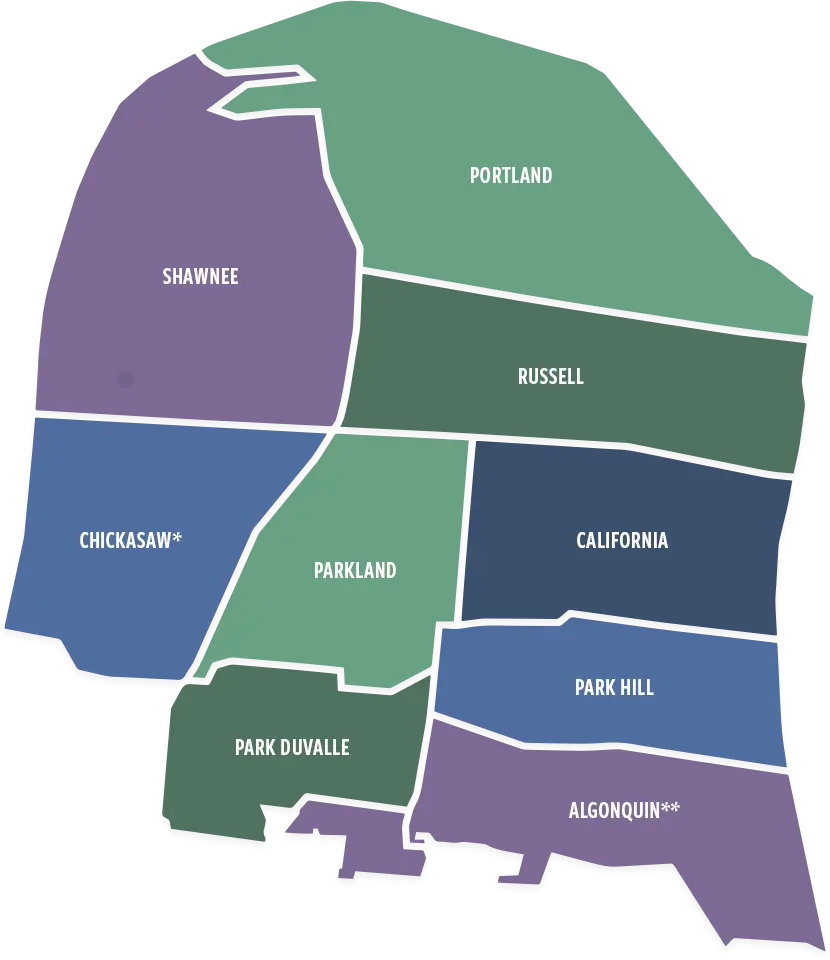Chickasaw has remained predominantly composed of black, middle-class residents, and is still fighting the environmental racism that has resulted from the city’s history of segregation. The neighborhood borders Rubbertown, an industrial complex. People living in areas with higher rates of air pollution are nearly twice as likely to live in poverty and nearly three times as likely to be a person of color. The impacted pollution areas are not a coincidence, knowing how Chickasaw started out as a segregated area, but an example of the structural inequalities that have prevented the area from experiencing a higher quality of life and rate of economic growth.
Now, there are several organizations, studies, and programs at work that specialize in tackling this issue. REACT (Rubbertown Emergency Action), West Jefferson County Community Task Force (WJCCTF), the West Louisville Air Toxics Study (WLATS), the Strategic Toxic Air Reduction (STAR) Program, the Louisville Metro Air Pollution Control Board (APCD), and the Louisville Metro Department of Public Health & Wellness have all taken steps to reduce the pollution and take some of the strain off of residents, but we still have a long way to go.



